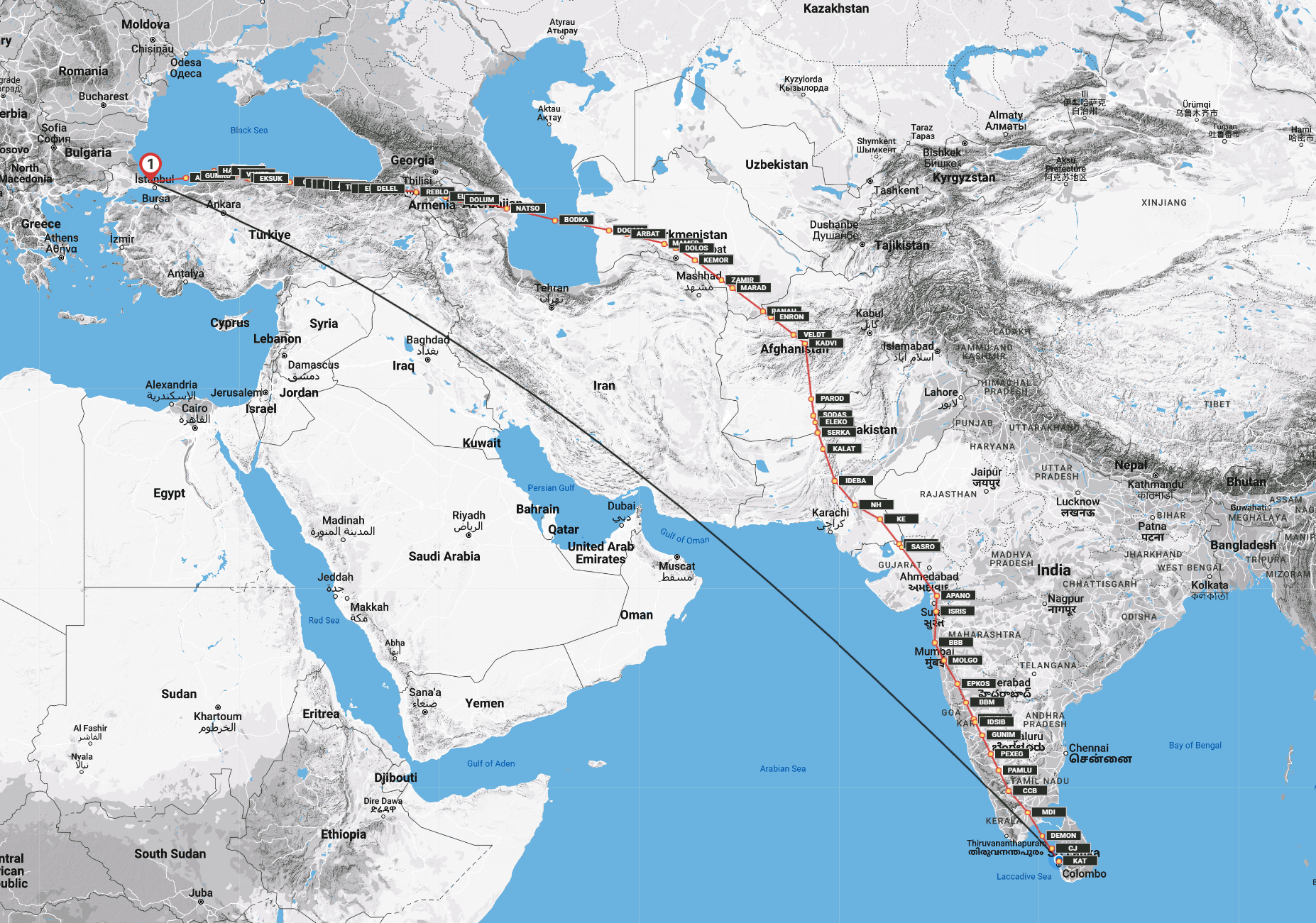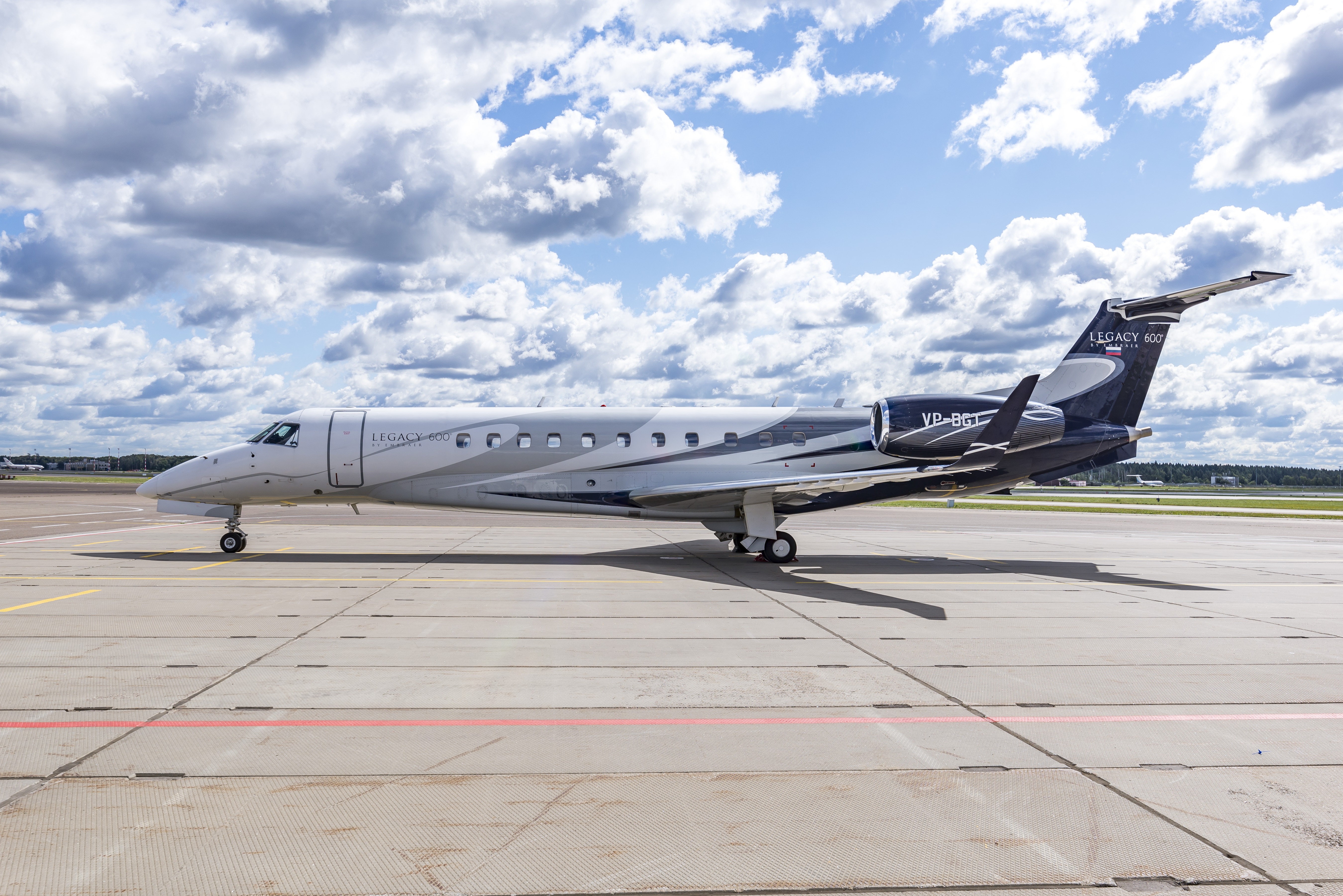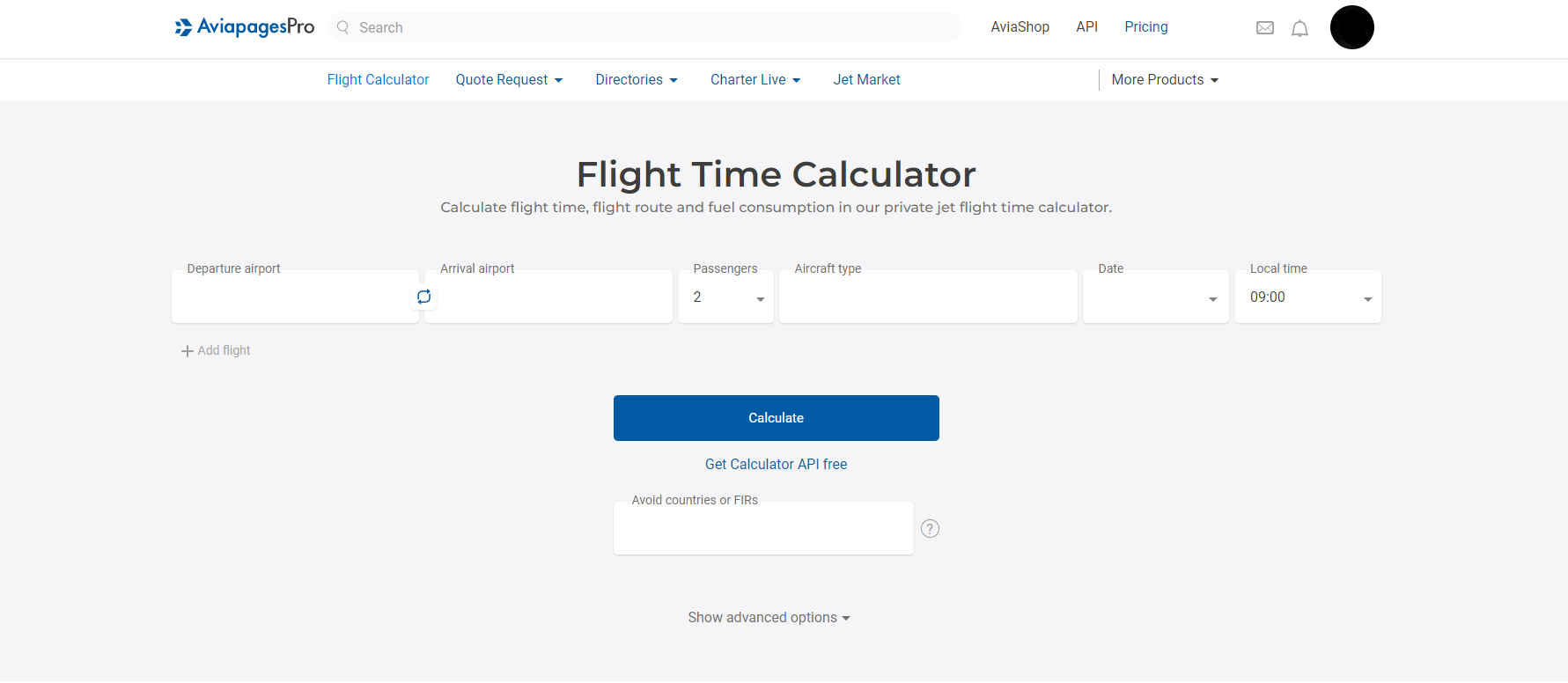Navigating the Political Landscape
In today’s complex global political scene, the business aviation industry faces unique challenges that make automating the way we calculate flight times and fuel needs more important than ever. This move towards automation isn't just about keeping up with technology; it's about making sure flights are efficient, costs are accurate, and customers are happy.
The Challenge: Avoiding Political No-Fly Zones Isn't Easy
Even with the latest Flight Management Systems (FMS), the old-school method of figuring out flight times with the "great circle" method often misses the mark. Political no-fly zones add another layer of complexity, forcing flights to take detours that can throw off flight time estimates by more than 10%. These kinds of mistakes can make flights a lot more expensive than expected, causing problems between operators and clients or brokers and clients when the final bill comes in.

The Manual Process: Slowing Things Down
Right now, figuring out if a flight route is doable is mostly a manual, slow process. Sales managers take a first stab at it based on what they know, and then the Operations (OPS) department has to double-check everything with special navigation software. This back-and-forth is full of potential for mistakes and delays. Sales managers end up spending their whole day making these estimates, which slows down how quickly they can respond to clients and turns fewer quotes into actual bookings.
The Impact of Getting It Wrong
When flight times are off, it can cost a business in many ways: operations get less efficient, money is lost, clients aren't happy, and the company's reputation can take a hit. For example, if you underestimate the flight time of a Legacy 600 aircraft by just 30 minutes, at a cost of 7,000 euros per commercial hour, that's a 3,500 euro mistake. For a company with 5 planes and hundreds of inquiries a day, these mistakes can add up fast.
The Solution: Letting Technology Take the Wheel
By using automated systems to figure out flight times, we can avoid a lot of these problems. The perfect system would be able to:
- Easily connect with the current FMS through an API
- Quickly calculate flight times (in 1-2 seconds), even with no-fly zones
- Have a user-friendly interface for inputting routes
- Work on multiple platforms
Be simple to update with new aircraft types
- This kind of automation can cut down on mistakes, make responses faster, and ensure pricing is more accurate, which makes everything run smoother and keeps customers happier
The Future: Smoother Skies Ahead
The development of automated systems like the Aviapages Flight Time & Distance Calculator is a big leap forward for the industry. As more business aviation operators start using these digital tools for flight planning and pricing, we're going to see a big change in how efficient and reliable the industry is. This shift towards automation shows how modern technology can help the business aviation industry in addressing its operational challenges, enabling it to make smarter, more cost-effective decisions.


